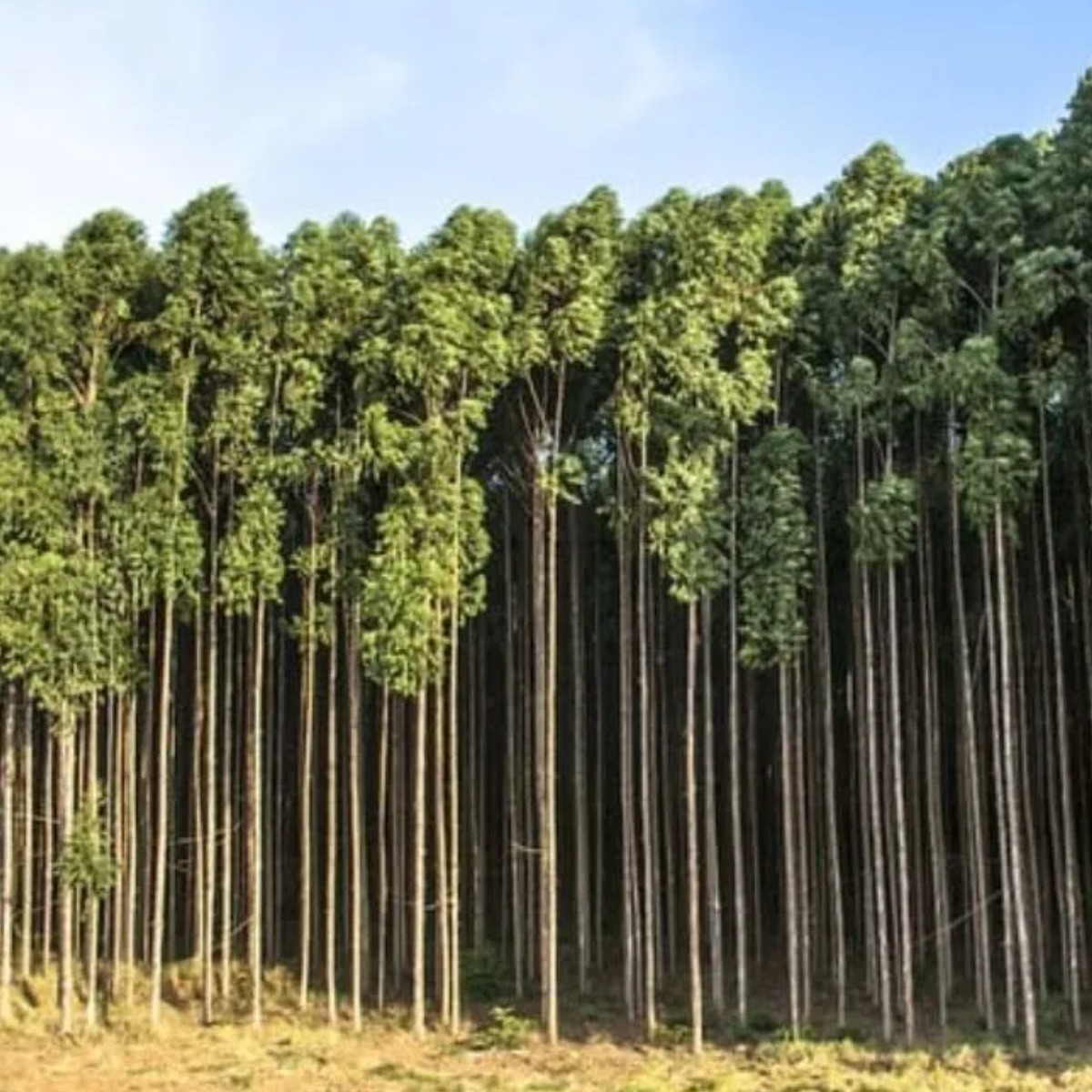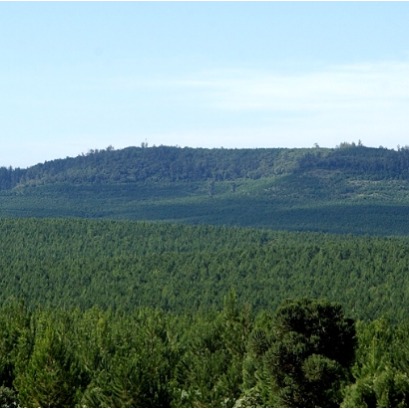
The tree that grows everywhere and extracts gold from the ground to release it by its leaves
According to a study, some trees have the unique ability to absorb soil minerals, including gold, which concentrate on their leaves and roots. There are trees with the surprising ability to extract soil minerals in a unique way. When feeding on the elements present in the field, some species can concentrate precious metals, such as gold, on their leaves and roots.
This natural phenomenon, which occurs in certain trees, has captivated scientists, who have discovered that even the most valuable metals can be absorbed by these plant species. We tell you a common tree which extracts gold from the ground. The tree that grows everywhere and extracts gold from the ground to release it for its investigators of the organization of scientific and industrial research of the Commonwealth (CSIRO) discovered that eucalyptus, a tree present in multiple ecosystems, have the ability to absorb gold from soil and transfer it to its leaves. Although gold does not have a biological function in eucalyptus trees, researchers have observed that minimal amounts of metal accumulate in their leaves, bark and branches, which could indicate the presence of gold deposits In the subsoil, how are these trees absorb gold? Eucalyptus are trees whose roots can spread up to 40 meters deep, explore arid soils in search of water and nutrients. In areas where the terrain contains small amounts of gold, these trees absorb metal particles along with groundwater ? Collection from the ground: the deep roots of eucalyptus reach layers of soil that contain gold in soluble (ionic),, especially in arid areas where groundwater is mixed with minerals ? Transport through the tree: gold is absorbed along with water and transported by the vascular system of the tree to the upper parts, such as leaves and branches. This transport occurs to sub-sexical concentrations for the plant ? Accumulation and release: gold accumulates in the leaves, where it can rush into microscopic particles or associate with calcium oxalate crystals. Subsequently, gold can return to the ground through the fall of leaves, branches or exudates of the leaves, how can the gold of eucalyptus be used? According to the study, the gold of the eucalyptus serves to: ? Detection of deposits of Buried Gold: Eucalyptus can absorb gold from deep underground deposits and transport it to their leaves, branches and cortex. This gold, released to the ground or present in the foliage, is analyzed to locate hidden mineral deposits ? More efficient and sustainable exploration: This biogeochemical approach allows to explore land where gold deposits are covered by layers of deep sediments (more than 30 meters ), without the need for invasive methods such as extensive perforations ? Use of gold in soil and plants samples: the gold that accumulates and then returns to the ground with the fall of leaves and branches helps to create detectable geological anomalies. These anomalies help explorers delimit areas rich in minerals for a more precise exploration
IT MAY INTEREST YOU
 Free seminar on the implementation of the European EUDR regulation on deforestation-free wood products
Free seminar on the implementation of the European EUDR regulation on deforestation-free wood products
The Argentine Forestry Association (AFoA) organizes the seminar «EUDR in Forest Products: Current status of implementation. Regulatory requirements and private experiences", which will take place on Wednesday, November 26, from 11:00 a.m. to 12:00 p.m., via Zoom, with live streaming on YouTube. The European Regulation on Deforestation-Free Products (EUDR) will enter into force on December 31, 2025 and will impose new requirements for forest products entering the European Union market.
 The second largest wetland in South America is located in Argentina: what is it?
The second largest wetland in South America is located in Argentina: what is it?
Argentina has national parks that place it in a unique position within South America, competing with 300 others. Which is the largest? South America is home to more than 300 national parks, but many go unnoticed. There are extensive wetlands that have been the subject of major ecological restoration projects, to coastal mountains with deep indigenous heritage. Today we tell you the case of one located in Argentina.
 They promote research in pine resins from the NEA
They promote research in pine resins from the NEA
The forestry industry is one of the most important sectors in the economies of Misiones and Corrientes. Thousands of hectares of pine supply the paper, pulp, boards and sawmill industry. Pinus elliottii, one of the species established in the region, in addition to providing wood, is used to produce resin, a non-wood forest product with high demand in the chemical, pharmaceutical and cosmetic industries. In 2\024, resin extraction of approximately 52,6\0\0 tons was achieved from approximately 18,\0\0\0,\0\0\0 trees in production, generating income and jobs with high expansion potential.





















